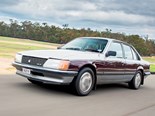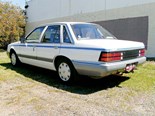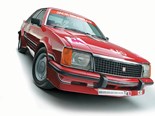Holden Commodore VB-VH SL/E: Buyers' Guide
 Kadet and Senator influences are clear.
Kadet and Senator influences are clear.

 The more compact look was a brave marketing move.
The more compact look was a brave marketing move.

 Styling was very much of the time.
Styling was very much of the time.

 Commodore name was also borrowed from Opel.
Commodore name was also borrowed from Opel.

 SL/E badge meant you'd bought the full luxo pack.
SL/E badge meant you'd bought the full luxo pack.

 253 V8 is no fireball but has its fans.
253 V8 is no fireball but has its fans.

 Velour interior is a unique experience these days.
Velour interior is a unique experience these days.

 SIngle-spoke wheel reinforced the break from previous models.
SIngle-spoke wheel reinforced the break from previous models.

 Of course it had to be auto if it was a luxury car.
Of course it had to be auto if it was a luxury car.


|
|
Kadet and Senator influences are clear.
|

|
|
The more compact look was a brave marketing move.
|

|
|
Styling was very much of the time.
|

|
|
Commodore name was also borrowed from Opel.
|

|
|
SL/E badge meant you'd bought the full luxo pack.
|

|
|
253 V8 is no fireball but has its fans.
|

|
|
Velour interior is a unique experience these days.
|

|
|
SIngle-spoke wheel reinforced the break from previous models.
|

|
|
Of course it had to be auto if it was a luxury car.
|
Everything you need to know if you're in the market for a VB-VH SL/E Commodore
Holden Commodore VB-VH SL/E
By the late 1970s Australians had become oblivious to the sight of sedans with European badges and sporting pretensions let loose on our roads. The shock would hit though when a car with those attributes would find its way into a Holden showroom.
The German-sourced basis for the Commodore (Opel V platform, with sheet metal influences from the Rekord and Senator lines) represented the biggest marketing challenge and social risk in Holden’s history. The company desperately needed some up-to-date design technology but lacked the money or market size to justify a stand-alone design of the Commodore’s sophistication. It was also nervous about the reaction of a parochial buying public to new mainstream models coming from ‘over there’.

Top of the tree and in effect replacing the outmoded Monaro (and SS Torana too) was the SL/E. Not a stripe, black-out panel or machine-turned dash to be seen, but those who drove a V8 SL/E over any distance couldn’t avoid being impressed by the car’s competence as a long-distance tourer. Okay, much of the basis came from Germany but this compact, feature-packed sedan with an Aussie engine crammed between its strut towers was a serious player.
Not all of Opel’s sophisticated chassis design was going to work here – at least not without significant modification. One ex-rally man who was involved in testing V8-powered ‘mules’ recalled cars being pounded through rough terrain in the Flinders Ranges that threatened to punch their front suspension struts straight through the bonnet.
Extra strengthening helped but it’s pertinent to note that Holden when developing its entries for the 1979 Repco Trial – which it dominated – specified six-cylinder engines. That may have had as much to do with fuel consumption as lighter weight. Dust sealing was another issue of which the Europeans knew very little.

People who encountered an SL/E quite often approached it like a star-ship that had zapped in from another world. This was not a Holden, surely? Replace the badge and it could be a BMW and how’s that going to get on in a land where the regional dealer only knew how to blow grit out of a clogged carby and weld busted spring hangers?
Scepticism soon turned to adulation, especially once the coves at the golf club who had stumped up $12K for an SL/E with all the whistles started raving about them.
The velour-trimmed seats weren't to everyone's taste but they were way ahead of the hounds-tooth inserts to which Monaro owners had become attuned. The dash looked classy enough with lots of dials including a quartz clock and big tachometer that was easily visible through the two-spoke steering wheel. Even the radio/cassette system was branded ‘Eurovox’.
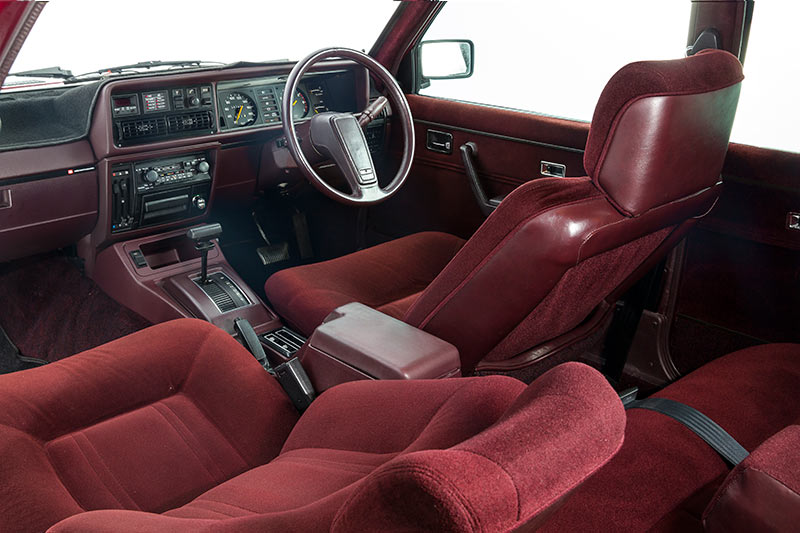
By the time the VH arrived in 1981 the trim had been ‘glammed up’ significantly, with two-toned cloth screaming in unison with the ‘Shadowtone’ exterior.
However the SL/E was now regarded as a genuine prestige purchase with fast glass on all four windows, optional air-conditioning and a useful if awkward trip computer. At a third the price of comparable Benz, BMW and offerings it should have had buyers of those cars really questioning their motives.
Less apparent but significant was driveability that outshone the bigger Premier and even the lighter but less comfortable A9X Torana. ‘308 Pack’ cars came equipped with the four-speed manual ‘box, 125kW engine, four-wheel disc brakes and the first set of 15-inch wheels to be seen on a Holden in many a moon.
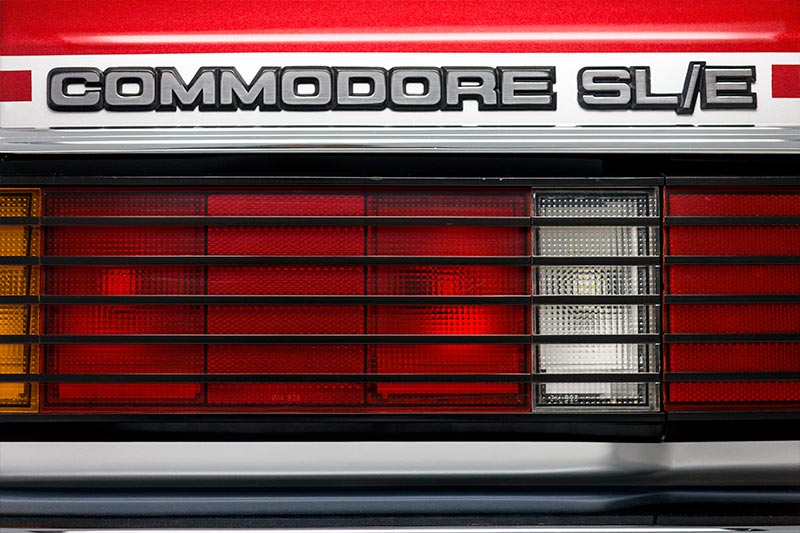
As the years rolled by and subsequent versions of the SL/E were introduced, the head-swivelling attraction of those original VBs was muted. Two-toned paint was seen as a gimmick and by the time the series was stood aside in favour of the VK Calais its contribution to dwindling Holden sales must have been minimal.
Subsequent years weren’t kind to SL/Es, leaving few cars with all of their original equipment, wheels, trim and paint still in place. Still fewer have been maintained or restored to the kind of condition where they can snatch show trophies from the grasp of owners with earlier models.
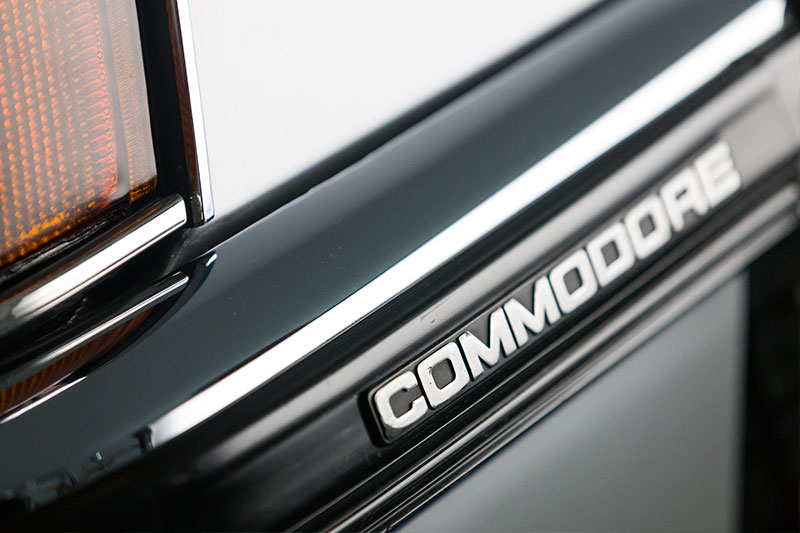
Plastics and other ‘modern’ materials share some responsibility for the deterioration and demise of SL/E Commodores. Equally significant however has been apathy, even discrimination that has seen these cars left to rot while money is lavished on earlier, less competent Holdens.
Too late now to do anything except diligently preserve the cars we still have and acknowledge the early Commodore’s significance as an agent for change in Australian motoring.
OWNER: BEN WADDLE, VICTORIA
My dad came home from golf one day and said a mate of his was selling his wife’s VH, so I told him to go buy it without thinking about it too hard.
He bought it home and everyone was pretty rapt with it. He probably drove it for about two years on and off and then he passed away. I took it off the road and stored it at a mate’s place and that’s where it stayed for a couple of years.

Eventually, I started driving it on a regular basis. Then I decided I was going to get married, so I took it off the road and stripped it back and did all the work myself.
It was back on the road and there for my wedding, so Dad could be there for it.
It’s a 253, so a 4.2 litre V8. It’s a sad excuse for a V8, really. It’s more a glorified six. It’s pretty plush, it’s velour everywhere. Burgundy velour.
It’s even got a burgundy dash.
It’s a killer. You actually get in it and it’s small. That was a family car back in the day. They stayed that size until about the VN.
It’s something I’d never part with, it’ll be in my family for a long while.
When someone passes away you don’t really want to let go of everything they had, especially now that I’ve put so much work into it.
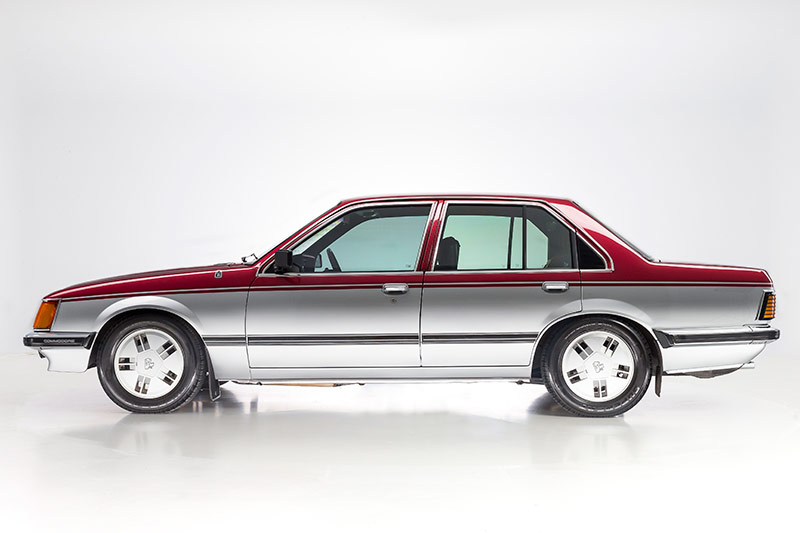
MARKET GUIDE
The most significant new Holden in 30 years took almost as many years to generate collector market recognition. Just six years ago when a VC SL/E decorated the cover of Unique Cars’ 2009 Value Guide cover, VB and VC V8 automatic values averaged $7500 and manual ‘308 pack’ versions were worth $10-12,000. Look where they are headed now.
Finding a four-speed manual SLE is difficult and becoming expensive. Values of up to $40,000 have been suggested for a manual, 308-engined VB in showroom stock condition. 4.2-litre automatics will generally cost 30 per cent less than a 5.0-litre car and the 3.3-litre is cheaper again.
Colour can have an effect as well. Some of the drab-looking metallic blues, green and gold lost their sheen very quickly so buyers preferred the darker, solid colours. Later versions with ‘Shadowtone’ two-toned paint have become very scarce, perhaps because when they needed a repaint due to fading or damage the owners chose to save money and revert to a single colour.
VALUE RANGE
1978-84 Holden VB-VH SL/E
Fair: $6,500
Good: $15,000
Excellent: $24,000
BUYER'S CHECKLIST
BODY & CHASSIS
Check sills, floors and windscreen surrounds for rust. Also the sub-frame for cracks, rust and kinks due to cheap crash repairs. Non-functioning headlight wipers are pretty normal but a car with them working is likely to be pretty good in other respects. Due to poor-quality paint, very few of these cars will have escaped without a respray but try to avoid – or pay less for – cars that have been painted non-original colours. New bumpers are available at $350-450 and full kits of body rubbers for $1000-1200. Check that the plastic grille hasn’t been glued back together after cracking.
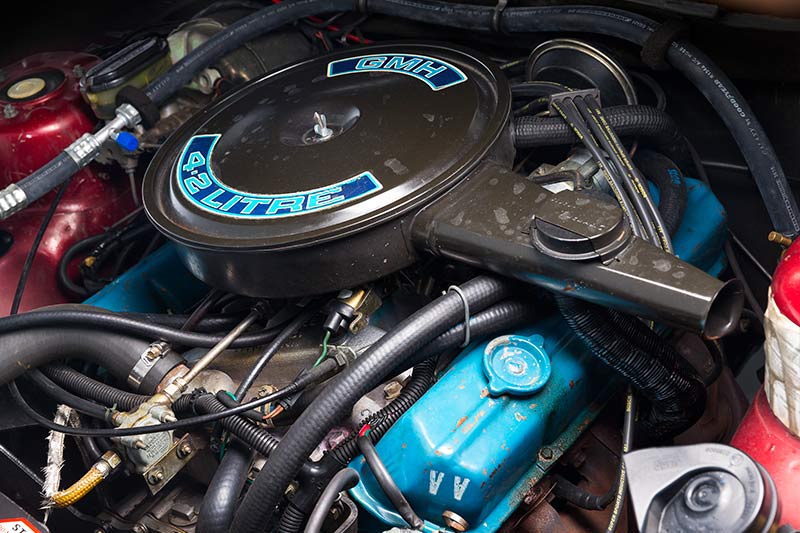
ENGINE & TRANSMISSION
As with engines in other Holdens, the SL/E’s locally-made V8s and 3.3-litre six leak oil, suffer from noisy valve-trains and the consequences of overheating. In severe cases this can manifest in cylinder head warping or cracked piston rings with excessive oil consumption. Rebuild are simple with all parts including second-hand engine blocks available and cheap. As the engine bay of a V8 SL/E is tightly packed and heat has nowhere to go, the cooling
system must be maintained. Most SL/Es will be three-speed automatic but some were built originally with the long-serving M21 manual gearbox. As manual cars are desirable and conversions not difficult, verify any car claimed to be a genuine four-speed V8 before handing over cash.
SUSPENSION & BRAKES
Although the Commodore was designed in Europe, its suspension owes little to the chassis engineers at Opel. The Commodore strut towers needed reinforcement for Australian conditions and the complex trailing-arm rear suspension was changed. A car that continues to bounce for some distance after a bump or won’t stay straight without steering corrections has major – perhaps structural – problems. Normal maintenance is easy and parts are available.
SL/Es came with front and rear disc brakes and neglected cars will pulse through the pedal under light brake applications or pull to one side. If a disc is cold to touch after the car has been driven for a while it isn’t working at all.
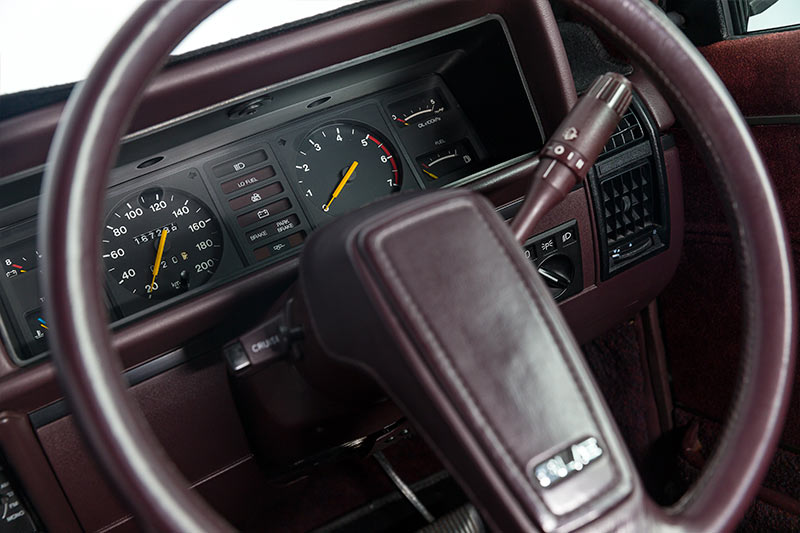
INTERIOR & ELECTRICS
Big issues here even though previous owners may have cared for the car very well. The power windows – where fitted – literally fall to bits and are very hard to repair. The die-cast frames crack and jam the mechanism, then the cables that move the glass come adrift and are a nightmare to replace. Check that air-conditioning outlets are blowing cold and not just cool air and that all the instruments and warning lights are connected. Vinyl for seat bolsters and door-trims is available in a range of colours but matching the cloth seat inserts will involve hunting down suitable fabric – perhaps via a trimmer who specialises in older Holdens.
SPECIFICATIONS
1978-84 Holden Commodore VB-VH SL/E
NUMBER MADE: 346,000 All models (approx. exc. HDT)
BODY STYLES: steel integrated body/chassis four-door sedan
ENGINE: 3298cc in-line OHV six-cylinder, 4142cc or 5044cc OHV V8 with single downdraft carburettor
POWER & TORQUE: 126kW @ 4200rpm, 325Nm @ 2600rpm (VC 5.0-litre)
PERFORMANCE: 0-100km/h 10.4 seconds, 0-400 metres 17.1 seconds (5.0-litre auto)
TRANSMISSION: four-speed manual, three-speed automatic
SUSPENSION: Independent with Macpherson struts, coil springs & anti-roll bar (f) Live axle with trailing arms, coil springs and telescopic shock absorbers
(r)
BRAKES: disc (f) disc (r) power assisted
TYRES: BR60-H15 radial
Unique Cars magazine Value Guides
Sell your car for free right here
Get your monthly fix of news, reviews and stories on the greatest cars and minds in the automotive world.
Subscribe

.jpg)











